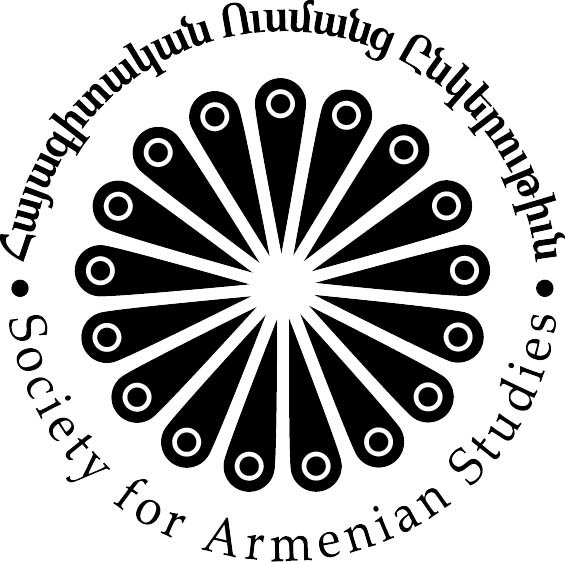BELMONT, Mass.—The National Association for Armenian Studies and Research (NAASR) and the Society for Armenian Studies (SAS) will present a webinar with Dr. Thomas Sinclair, “Eastern Trade and the Mediterranean in the Middle Ages: Peglotti’s Ayas-Tabriz Itinerary and Its Commercial Context,” on Friday, March 4, 2022, at 1:00 pm (Eastern)/10:00 am (Pacific). Dr. Sinclair’s talk will draw on his book of the same name published by Routledge in 2021.
The webinar will be accessible live on Zoom (registration required) and on NAASR’s YouTube Channel.
In this lecture, Dr. Sinclair will look at the most prosperous period of east-west trade through Armenia—the period of the Il-Khans—in the second half of the Middle Ages (1100-1500), and within that period at the most important avenue of trade. It ran from Ayas in the Armenian kingdom of Cilicia to the city of Sivas/Sebasteia, then through Armenia to the Il-Khanid capital of Tabriz. Tabriz was the gathering point for goods from China and India (via Hormuz) and Iran itself. The Ayas-Tabriz route is known from an itinerary compiled probably in the 1320s which details the Il-Khanid toll stations along the way and how much the merchant had to pay at each.
In researching the exact line of the route, Dr. Sinclair has taken data from the Roman itineraries—and the medieval route helps to solve problems of location in the Roman itineraries. In addition, he will discuss the role of money and what minting patterns in the various cities and in other mints can reveal, the impact the trade had on each of the cities, their Armenian population, and their expansion, and competitor routes in the period, highlighting the value of the Ayas-Tabriz route.
Dr. Sinclair was a professor of Turkish history in the Department of Turkish and Middle Eastern Studies at the University of Cyprus. He is the author of Eastern Turkey: An Architectural and Archaeological Survey (4 volumes, 1987-90) and writes principally on economy and administration in Armenia during the late pre-Ottoman and early Ottoman periods.




Be the first to comment